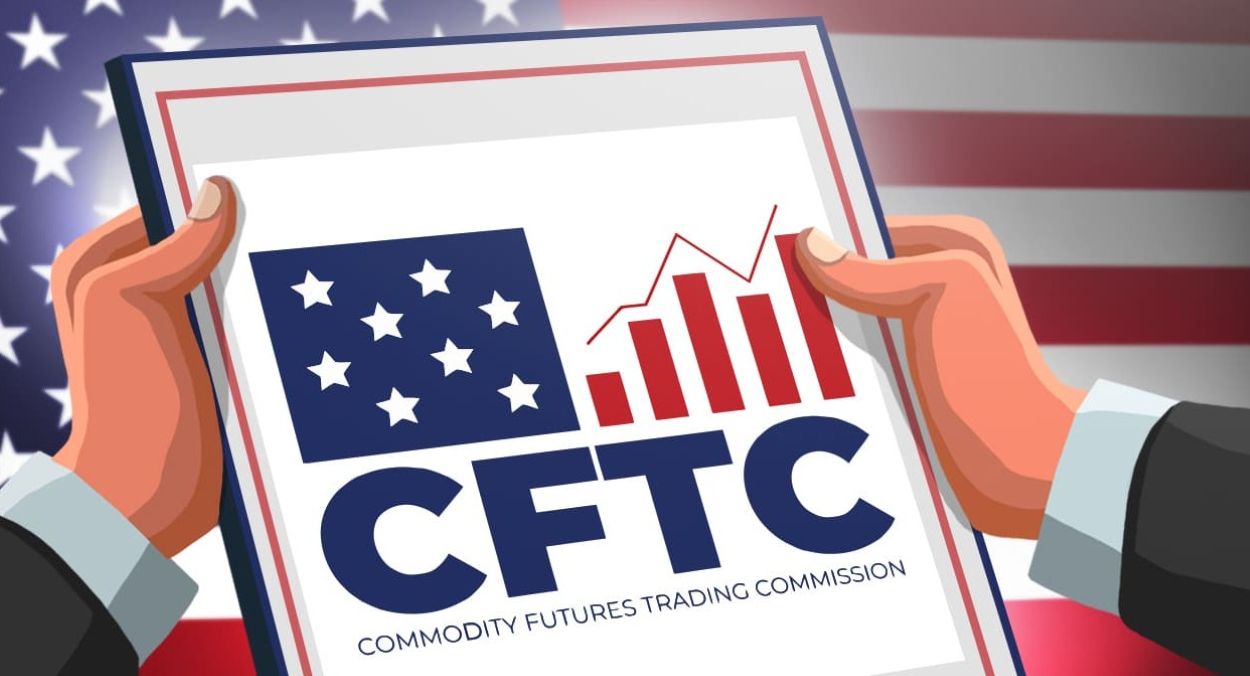The U.S. Commodity Futures Trading Commission (CFTC) and Federal Deposit Insurance Corporation (FDIC) have scrapped crypto-related limits on banks, a move announced on April 1, 2025.
The FDIC allows its supervised banks to engage in crypto activities without prior approval, while the CFTC aligns crypto derivatives with standard regulations. Under President Donald Trump, these steps signal a bold pro-crypto stance, aiming to fuse traditional finance with the $2.7 trillion digital asset world.
🚨The anti-crypto era is ending🚨
In this week’s update, Graham & David break down 3 HUGE wins for crypto in the US:
– FDIC scraps vague “reputational risk” rules used to debank crypto firms
– SEC Chair Ueda calls for real rulemaking—no more regulation by enforcement
– CFTC… pic.twitter.com/grpnV753qB
— Bitcoin.com News (@BTCTN) April 1, 2025The FDIC’s March 28 update greenlights banks to offer crypto custody, hold stablecoin reserves, join blockchain settlements, and issue digital assets, provided risks like market volatility and cybersecurity are managed. “Banks must follow existing rules, but no pre-approval is needed,” the agency stated. Meanwhile, the SEC’s new Crypto Task Force is crafting Web3 regulations, pushing crypto deeper into mainstream finance.
This is significant, if still in process, for US crypto adoption: "On Friday the Federal Deposit Insurance Corporation (FDIC) said that banks no longer have to request permission to engage in digital assets, rescinding a 2022 notification that was used to block bank crypto… pic.twitter.com/yKONQRh67r
— WrathofKahneman (@WKahneman) March 31, 2025The FDIC, a government-backed body for financial stability, first hinted at this shift in February via Acting Chairman Travis Hill’s 790-page report, packed with bank pleas for freer crypto access. Now live, the policy lets FDIC-supervised banks tap into a booming industry without red tape. As Trump champions this pivot, U.S. banks stand poised to reshape finance with crypto innovation.
Read: Crypto Market Maintains Stability Despite Late-March Volatility






